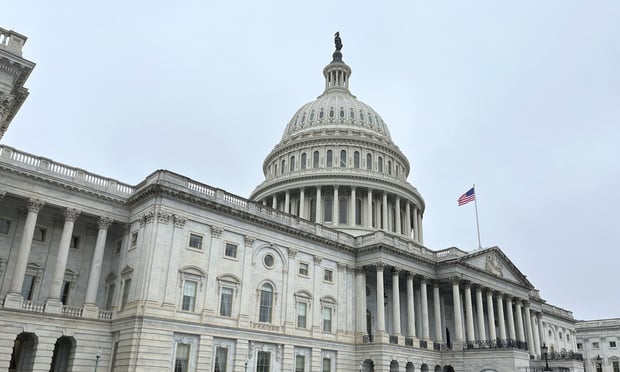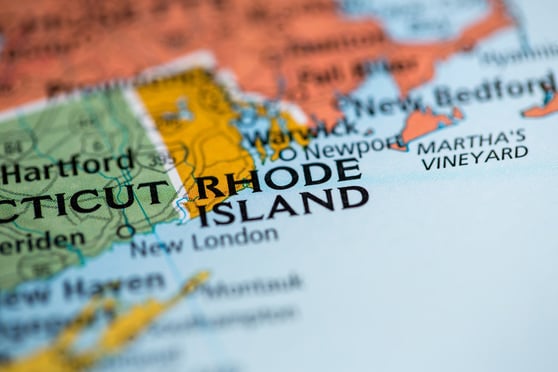While on average households spend less money in retirement, not all households do so—and they don’t all change their spending in the same ways.
That’s according to new research from the Employee Benefit Research Institute, which found that while households’ average spending in retirement falls during the first two years, almost half (45.9 percent) of retired households actually spent more than they did just before retirement.
That spending does decline over time, the research found, and by the sixth year of retirement, only a third (33.4 percent) spend more than they did preretirement.
It’s not just higher-income households that are doing the spending, either. Households across all income levels engaged in the additional spending.
For those households experiencing lower spending, during their first two years of retirement, two out of five (39.3 percent) spent less than 80 percent of their preretirement spending.
By the sixth year of retirement, a majority (53.1 percent) of households did so.
But for those households experiencing higher spending, during that first two years of retirement, 28.0 percent of households spent more than 120 percent of their preretirement spending.
By the sixth year of retirement, 23.4 percent of households still did so.
So what were they spending it on?
Not durable goods; a very small percentage of the household budget was spent on such items and the median household (half above and half below) spent nothing on durables in retirement.
It wasn’t transportation, either; spending on transportation showed the highest drop in the first two years of retirement.
Median spending on transportation went down by 25.1 percent in the first two years of retirement, although the reduction in the years after was small. And the median household had a mortgage payment before retirement but none after retirement.
So increased spending was focused on nondurable goods (such as gifts, clothing, charity, dining out, medication/medical supplies, utilities, food and beverage, health insurance, telecommunications, tickets, trips and vacations, personal care, hobbies, sports, housekeeping services and supplies, yard services and supplies) and, in some cases, housing (not including mortgages).
Spending on housing by singles, the study said, “while still lower than in preretirement, seems to go up a little bit after the first two years.” The same was not true for couples.
Complete your profile to continue reading and get FREE access to BenefitsPRO, part of your ALM digital membership.
Your access to unlimited BenefitsPRO content isn’t changing.
Once you are an ALM digital member, you’ll receive:
- Breaking benefits news and analysis, on-site and via our newsletters and custom alerts
- Educational webcasts, white papers, and ebooks from industry thought leaders
- Critical converage of the property casualty insurance and financial advisory markets on our other ALM sites, PropertyCasualty360 and ThinkAdvisor
Already have an account? Sign In Now
© 2024 ALM Global, LLC, All Rights Reserved. Request academic re-use from www.copyright.com. All other uses, submit a request to [email protected]. For more information visit Asset & Logo Licensing.








